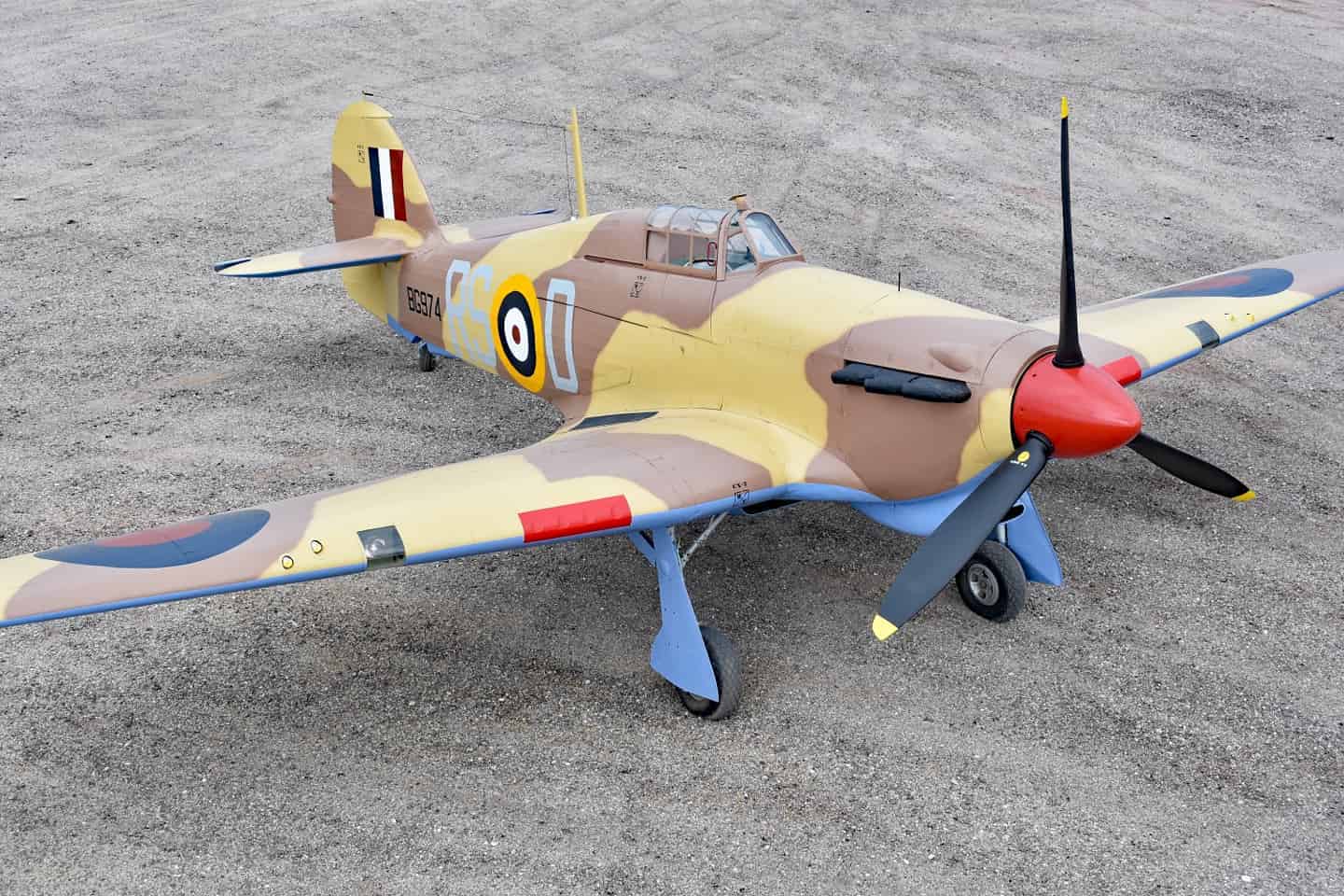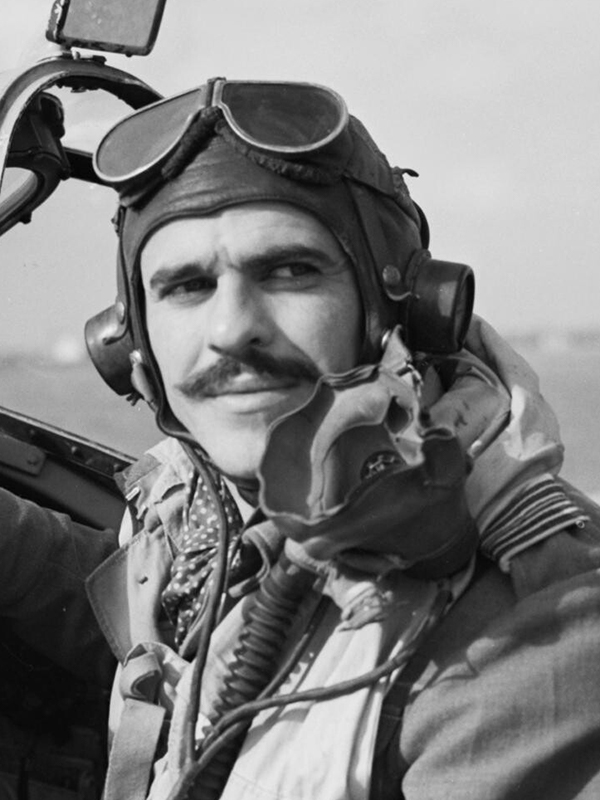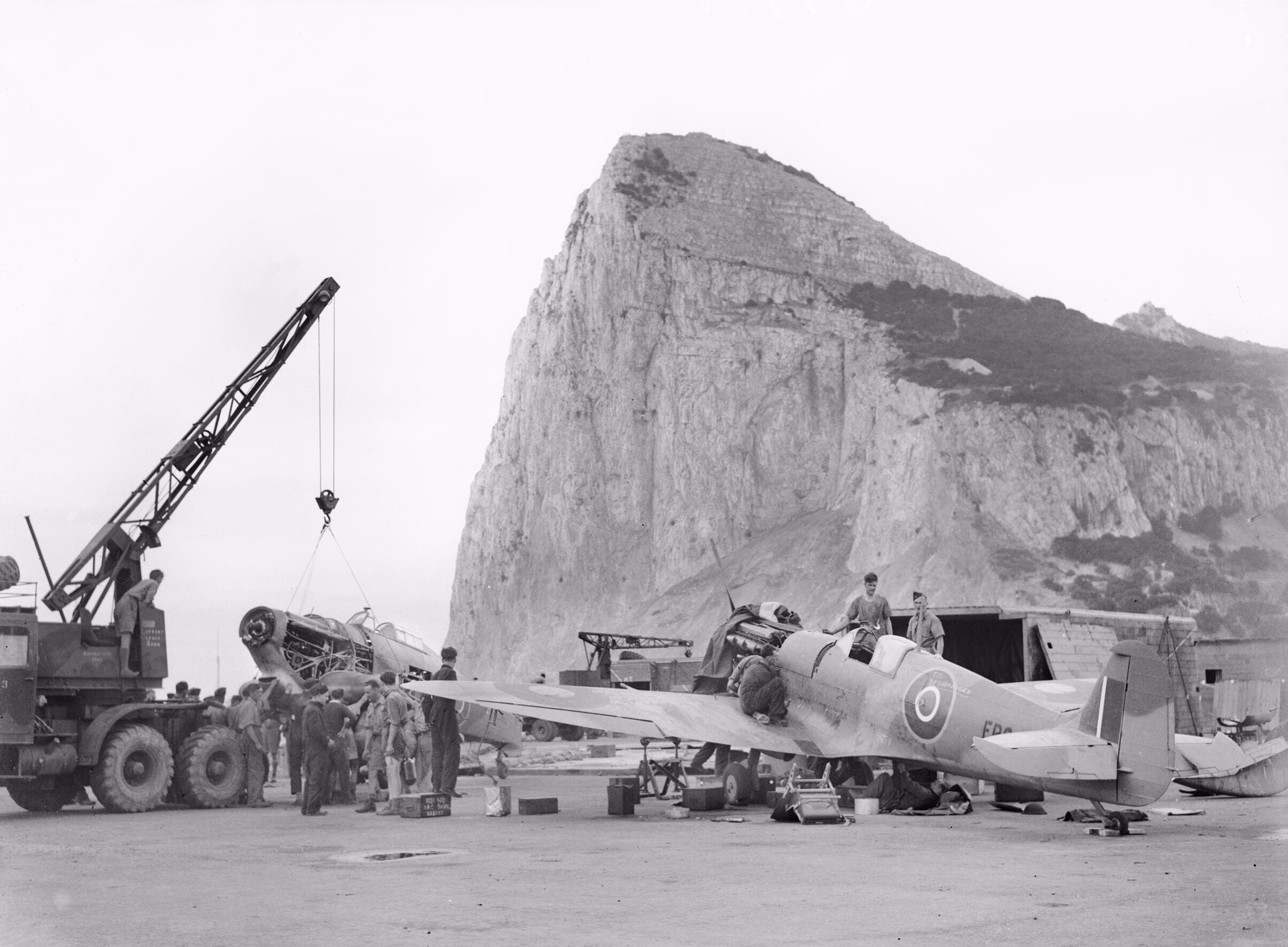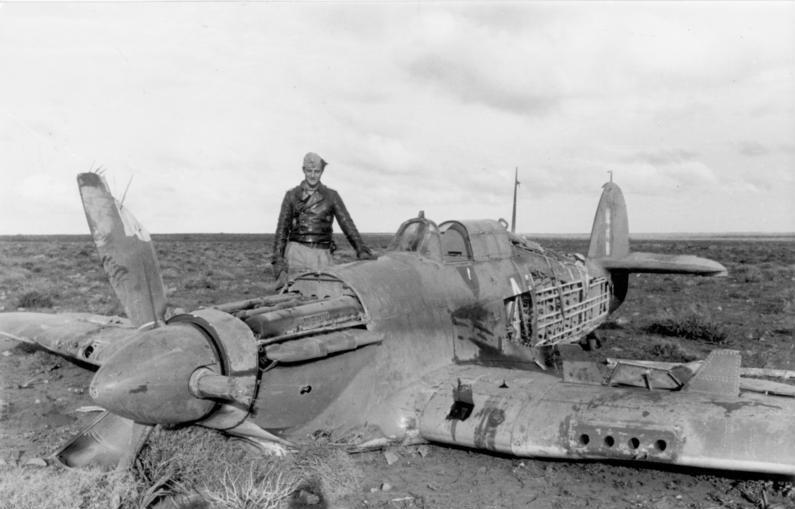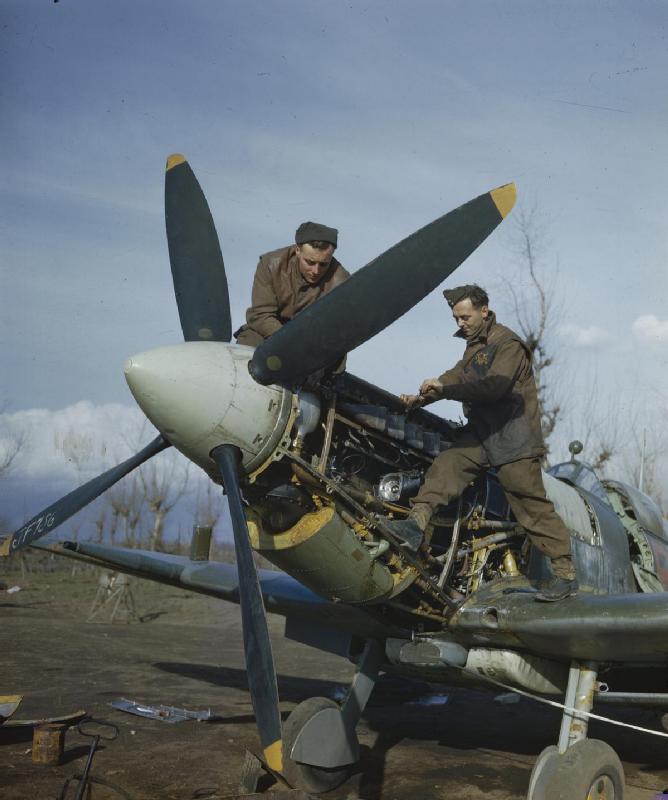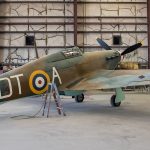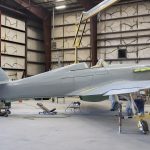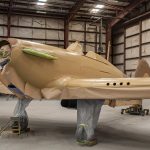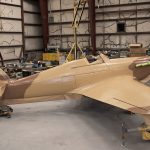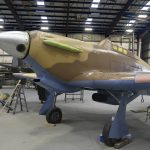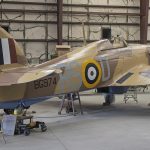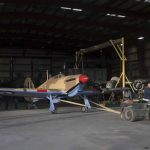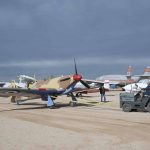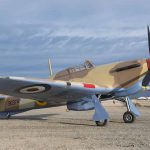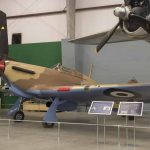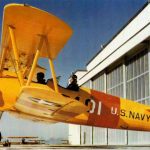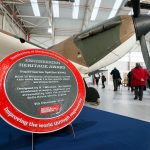The Pima Air & Space Museum has just unveiled their freshly refurbished Hawker Hurricane Mk.XII. The museum had previously displayed the fighter wearing the markings of a 257 Squadron Hurricane Mk.I, RAF serial V6864, flown by the legendary Battle of Britain ace Robert Stanford Tuck. However, this restoration took place back in the 1980s, an amalgam of five different Canadian-built Mk.XII airframes of unverified identity. The aircraft has been on display for decades now, and the museum felt she needed sprucing up, so they decided to take this opportunity to refinish her in markings more appropriate to a Hurricane Mk.II (which Canadian-built Mk.XIIs more closely resemble). They found the perfect markings to replicate in Hurricane Mk.II BG974, a 33 Squadron RAF example which saw combat in the North African desert. BG974’s regular pilot during this time was Wing Commander Lance Wade, a Texan serving within the RAF. Interestingly, Wade is credited with at least 23 aerial victories, making him the highest scoring American pilot who never actually served in his own nation’s military.
Wade joined the RAF in Canada during late 1940 – a route which a number of other American pilots took in joining the fight against the Nazi juggernaut before the United States officially entered WWII. In 1941, Wade sailed aboard the Royal Navy aircraft carrier, HMS Ark Royal, and ferried Hawker Hurricanes from her deck to Malta in the heroic struggle to save the island nation from being overrun. Malta, in the Mediterranean sea just off the Italian island of Sicily, was of vital strategic importance to the Allies and Axis alike, as it commanded access to the North African theatre. Axis forces had a stranglehold on the island’s supply route, and launched daily bombing raids in an attempt to force the nation’s capitulation. Thankfully, Malta was able to hold on just long enough – but it was a close-run thing. Malta’s survival was due to the fortitude of her people, the extraordinary bravery of the merchant mariners whose near-suicidal maritime supply missions so often ended before they reached their destination, and of course to the small band of RAF and Fleet Air Arm pilots on Malta with their motley collection of antiquated aircraft. Of the fighter pilots who survived the Siege of Malta, several became multiple aces, such as the Canadian ‘Buzz’ Burling, and South African ‘Pat’ Pattle, but sadly, their names and heroics are largely unknown these days.
Wade sailed for Egypt to join 33 Squadron in September, 1941. He flew support missions during Operation Crusader, the effort by the British Eighth Army to oust Germany’s Afrika Korps (commanded by the legendary General Erwin Rommel) from North East Africa. The assault began on November 18th, 1941, and Wade was in the thick of the action, gaining ace status less than a week after entering combat. Perhaps his most daring feat came on December 2nd, when his Hurricane went down behind enemy lines due to damage inflicted by debris from a German bomber he had just shot down. Wade crossed more than 25 miles of desert on foot to reach safety! His squadron upgraded to Hurricane Mk.IIs in April, 1942, and this is when his association with BG974 began. His victory tally had reached 13 by September that year.
Interestingly, the RAF then assigned Wade represent them at Wright Field in Dayton, Ohio. He took part in flight evaluations here to help the British select new aircraft for combat service. Following his time in the USA, Wade returned to North Africa to take command of 145 Squadron, now on Supermarine Spitfires. He continued to add to his combat tally. By May, 1943, 145 Squadron moved from Libya to take part in the invasion of Italy. Here they continued to enjoy success, and by the time Wade turned over command of 145 Squadron – oddly enough, to another American RAF pilot, Squadron Leader Oliver C. Kallio – he now had 23 confirmed victories. In his move from 145 Squadron, Lance Wade was promoted to Wing Commander, a role which saw him leave combat to take charge of flying training for the RAF’s Desert Air Force. Sadly, while on a training flight on January 12th, 1944 – reportedly in Spitfire Mk.Vc JK603 – Wade’s aircraft rolled hard to port shortly after taking off from Amendola, near Foggia, Italy. The Texan died in the ensuing crash.
Wing Commander Lance Wade is almost unknown in the USA today, partly because he was flying in the RAF, but his 23 victories in the North African campaign would surely have made him a household name had he been flying over Europe. This is why the Pima Air & Space Museum’s choice to honor Wade by refurbishing their Hurricane to represent an example he flew in the North African desert is so important. Interestingly, Wing Commander Wade has a Tucson, Arizona connection too. While he was born in Texas, he began learning to fly in Tucson during 1933, when he was just 17. Hopefully more people will now learn of his name, and about his exploits. We congratulate the Pima Air & Space Museum on their fine efforts!







